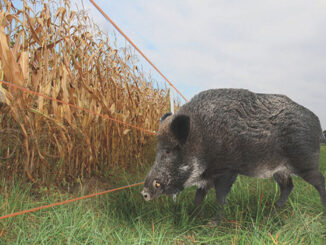
© kevindooley (Flickr) Bowl of clouds
© kevindooley (Flickr)
What are clouds?
There are many different types of clouds in our skies – but while each one varies in shape, size and density, all are made up of the same common element. Cloud formations are made of either condensed water or high altitude frozen ice.
Clouds types are all classified into groups depending on their shape, size and how they formed.
Cumulus clouds are well defined, white and fluffy. Usually, these clouds appear in groups low in the sky and are of mid size. These are the ‘traditional’ clouds.
Stratus clouds are ill defined, and are often large enough to cover the entire visible sky. When weather is described as ‘over cast’, people are typically referring to stratus clouds. Cirrus clouds form at very high altitudes and as such are often made of ice particles, rather than water droplets. These clouds often appear wispy and thin, and have no defined edges. Finally, Cumulonimbus clouds form as large columns of clouds beginning at low altitudes and ending high up in the atmosphere, often reaching 60, 000 feet in height. These clouds are most likely to produce rain, thunder and lightning.
How are clouds formed?
All weather clouds are formed in the same way.
Sunlight warms the surface of the Earth causing water to evaporate into vapour and rise into the atmosphere. This effect happens within all bodies of water, ranging from the oceans to puddles on the ground. Between 1,000 and
5,000 feet the water vapour stops rising due to the energy provided by the sun. Warm, moist layers of water vapour build up at this level.
From this altitude, rising currents driven by the wind organize the layer of moist warm air into ‘thermals’. It is at this point that the type of cloud is determined, depending on wind speed and strength etc. Once sufficient altitude is gained, the evaporated water vapour condenses once again, returning to a liquid state in the form of water droplets suspended in the body of the cloud by air currents.
At this point, clouds may join together, increasing their size and volume of water within their bodies. Once this volume of water is too large to be supported by rising currents of warm air, the clouds will release their payload of water as rain.




